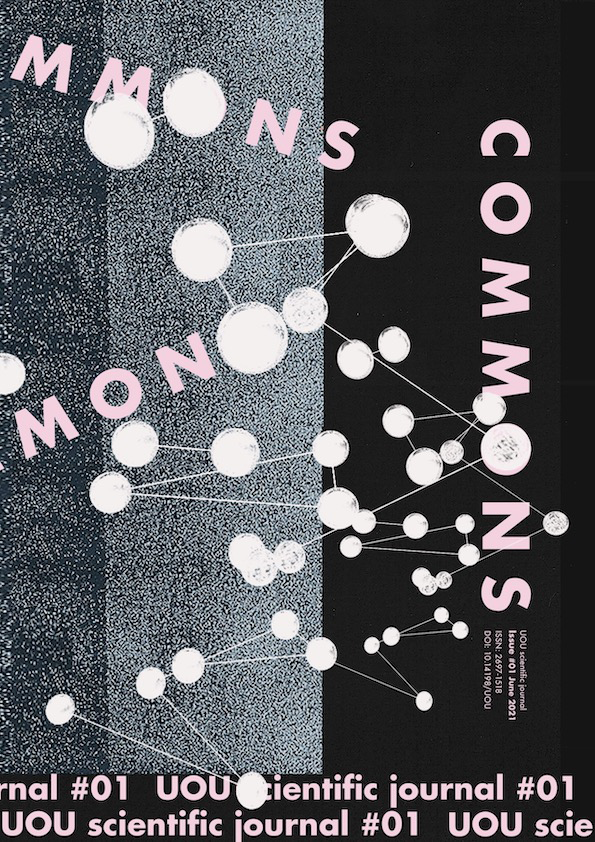Re-thinking Poplar District. A new perspective for Robin Hood Gardens
Abstract
https://doi.org/10.14198/UOU.2021.1.15
The Covid-19 pandemic has underlined several issues and the inadequacy of some western cities, such as New York – or London, if we look towards Europe – whose development is deeply linked to the laws of the market. They began to falter even before Coronavirus spread. We need only think of the amount of housing stock, destined for wealthy foreign investors, left unsold in the American metropolis. The London district of Canary Wharf, the European model closest to the American east coast, represents an emblematic paradigm to understand how this example, consisting of big corporate offices, private services, expensive dwellings, is not sustainable. And in the long term at all, and even dangerous if placed in an urban, economic and social context – such as the the East End working-class district – completely unrelated to it.
The project we are introducing has allowed us to experiment with a design approach capable of responding to the difficulties that emerged during the pandemic, through a partial recovery of the Alison and Peter Smithson’s Robin Hood Gardens complex, completed in 1972 in London‘ East End and currently under demolition.
The hypothesis starts from the idea of recovering the surviving block of the complex and reinterpreting its fundamental elements in new residential model that can respond critically to the problems that characterize the aforementioned city model.
Our design research has investigated the meaning that the designers attributed to these elements and has reworked them to instil continuity between private and public spaces, the starting point to establish a link between house, street, building and city.
Working on iconic twentieth-century architecture means trying to understand and manipulate the Modern Movement’s ideas in a completely changed urban context, in its references and values, not for nostalgia, but for ambition.
Downloads
References
Stefanos Chen, Carroll Joseph Hughes Jr., Vivian Marino, Waves Of Pain, Signs Of Life, on “New York Times”, section RE, pag. 1, December 27, 2020; also on https://www.nytimes.com/2020/12/25/realestate/nyc-real-estate-market.html
Russell Hotten, Canary Wharf financial centre prepares for new way of working, on “BBC News”, May 15, 2020; also on https://www.bbc.com/news/business-52675099
Giulia Ricci, Robin Hood Gardens è una lezione per le città del futuro , su “Domus” n.1028, ottobre 2018.
David Chipperfield, Abbiamo bisogno di una visione per la casa , su “Domus” n. 1043, febbraio 2020.
Ralph Erskine, Architettura democratica. L'arte universale e utile: progetti e riflessioni , su “Thomas Cubitt Lecture”, 31 marzo 1982
Alison Smithson (a cura di), Team 10 Primer , edit. Studio vista limited, Londra 1968.
Anne Lacaton e Jean-Philippe Vassal, Conferenza Internazionale Docomomo , Lisbona, 6 settembre 2016
Downloads
Published
How to Cite
Issue
Section
License
Copyright (c) 2021 Mario Galterisi, Gennaro Finale, Vittoria Di Giulio, Orfina Francesca Fatigato, Viviana Saitto

This work is licensed under a Creative Commons Attribution 4.0 International License.
The authors keep their rights upon their work, although they transfer, in a non-exclusive way, the rights of exploitation (reproduction, publication, distribution, public dissemination and presentation) to the Journal. The authors are, therefore, free to enter additional, separate contracts for the non-exclusive distribution of the version of the work published in the Journal (for instance, by hosting in an institutional repository or publication in a book), provided credit is given that the work was initially published in this journal. The works are published under a Creative Commons Attribution 4.0 (CC BY 4.0) license.












